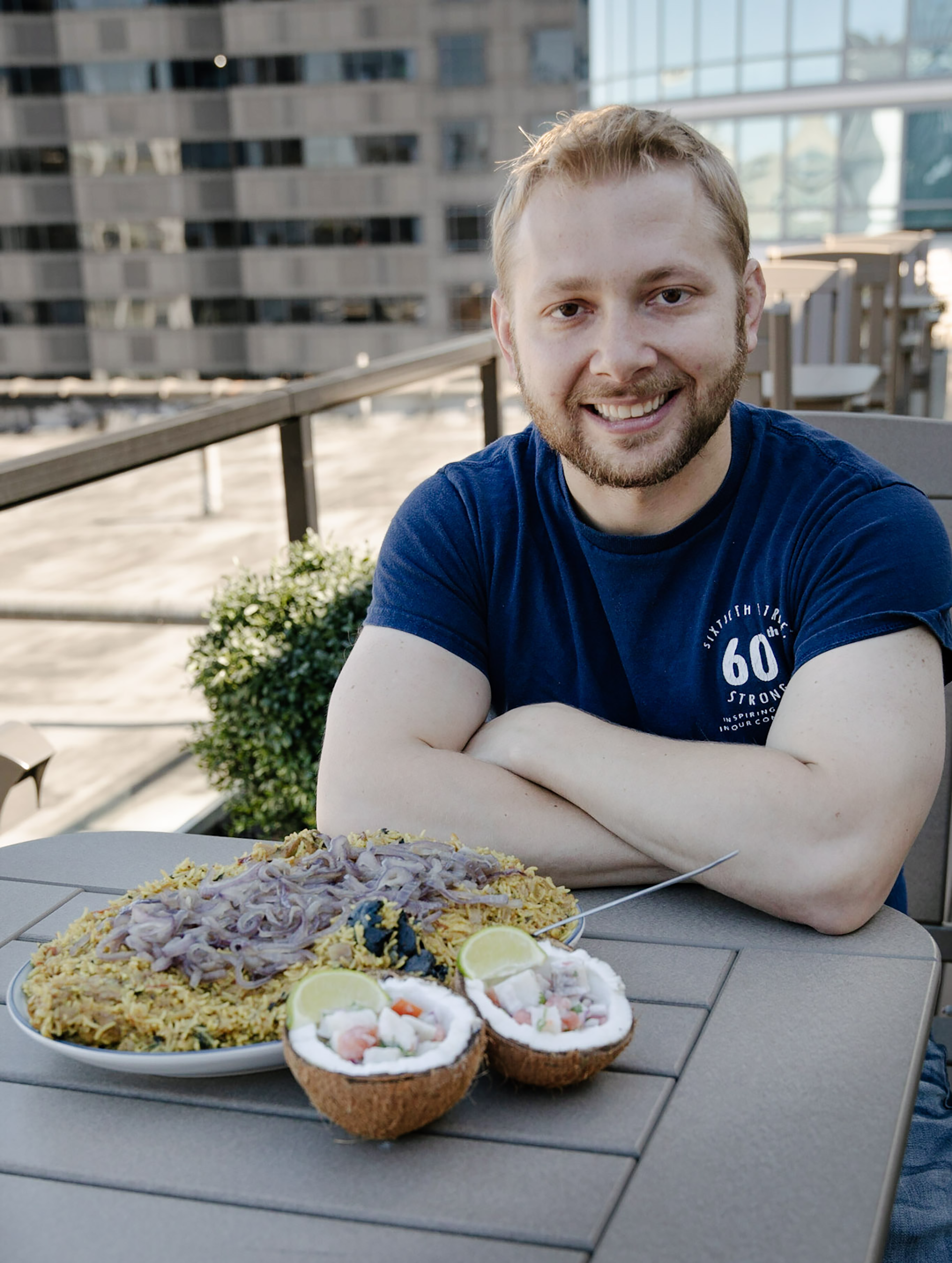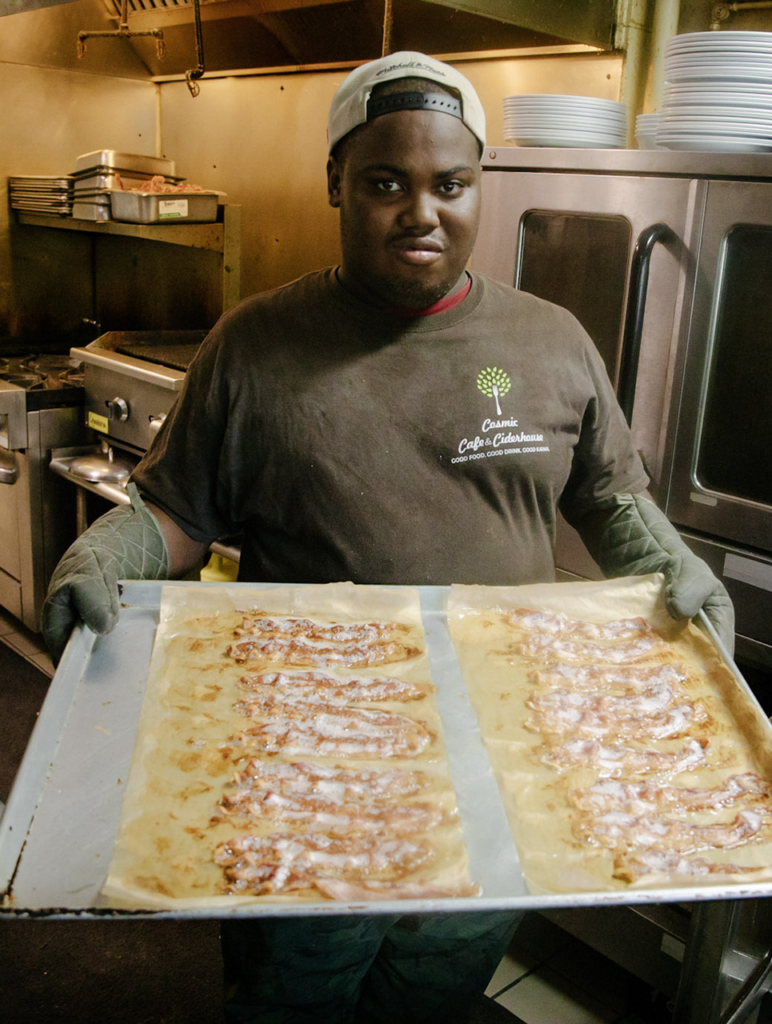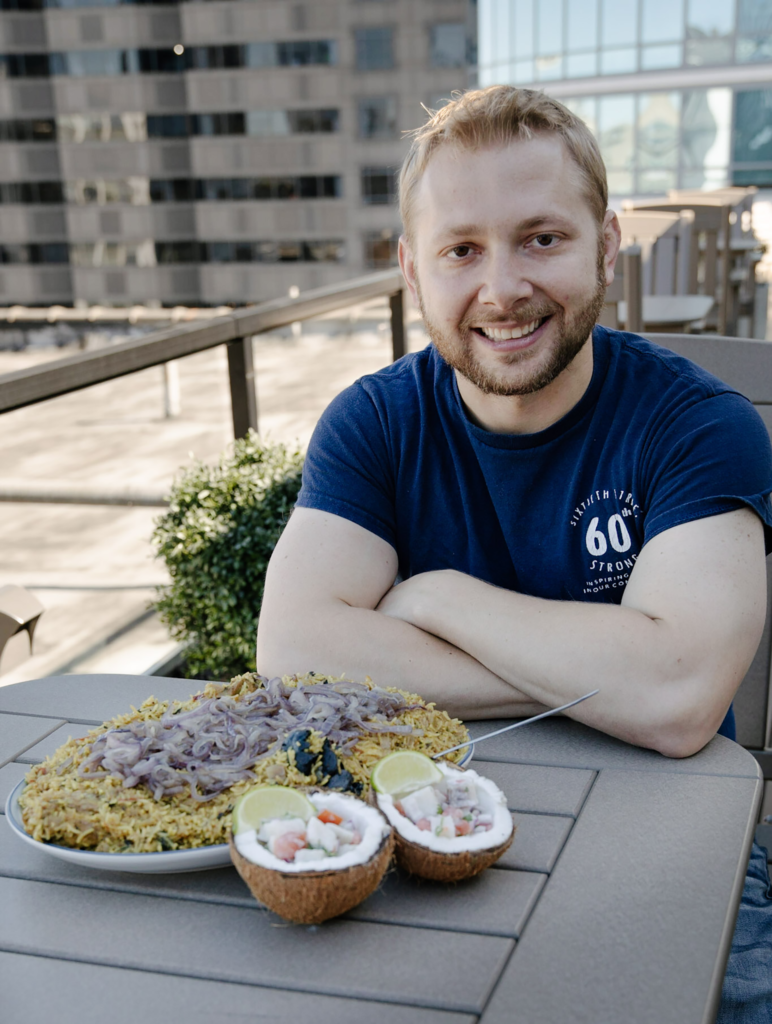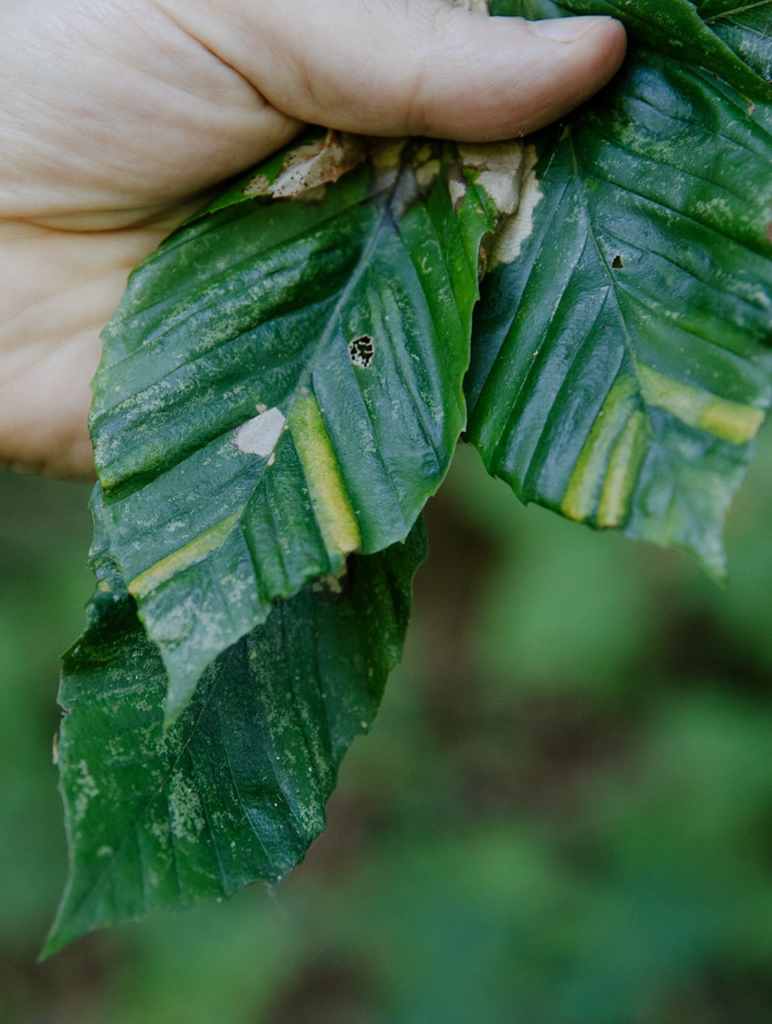Stuffing ourselves so full we can’t walk is a tradition of the autumn and winter holidays. But taking part in the festive gluttony is always a little harder for diners who don’t eat animal products for ethical, environmental or health reasons. That turkey, honey-glazed ham or braised brisket in the center of the table is for everyone else — and the challenges of filling a plate don’t stop with the pièce de résistance. Otherwise-veg sides can become off limits when unaware cooks add butter, chicken stock or conventional marshmallows. And most of the marquee desserts are confections of eggs, cream and butter. It doesn’t have to be this way. Grid reached out to Rachel Klein, chef and owner of the vegan restaurant Miss Rachel’s Pantry, for her advice on how to make this holiday season as vegan-friendly as possible. Here are some of her tips.
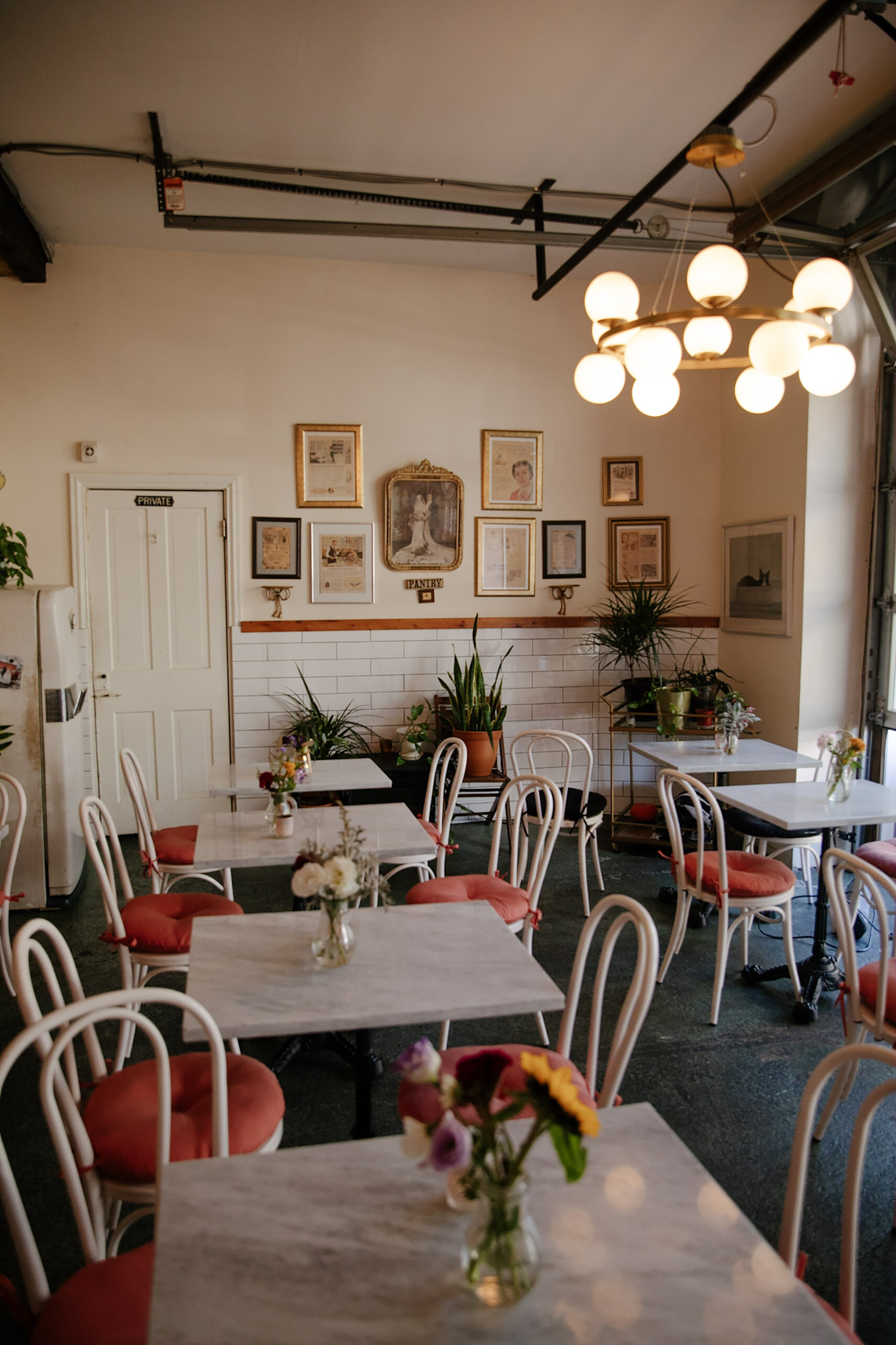
Default to vegan side dishes to reduce your workload. Roasted root vegetables, dinner rolls without dairy, stuffed mushrooms, on-the-stove bread stuffing made with vegetable stock — there are so many great plant-based sides that can be enjoyed by everyone. Creating tasty, familiar dishes that are suitable for all the guests in your group will reduce the amount of cooking time and oven space you need. You don’t have to make a big thing about it or even call out the fact it’s vegan — except to alert your plant-based pals that it’s safe to eat.

Make swaps, not sacrifices. Taste the ingredients you’re swapping in for the standards to make sure you like them, and to ensure that they are adequately replacing their meat and dairy counterparts and doing your cooking justice. For example, some plant milks have vanilla in them, or a ton of sugar, or taste like Play-Doh for no reason. Adding them to your mashed potatoes could sabotage your hard work and kitchen skills. Consider a full-fat coconut milk in exchange for the cream or milk you’d typically add in your mash. And this brings me to my next point …
Go all the way. If you go through the trouble of swapping out the milk in your mash or other dairy-dependent foods, remember to swap the butter, too! It’s very nice of you to make the effort, but it only counts if people are actually able to eat the food.
Make more portions than guests. If you have two vegan/vegetarian people coming to your home for dinner, consider making five to six portions for those who will be curious to try. And if you have a crowd of vegans and vegetarians coming, you can make all of the vegetarian food vegan. That way everyone gets to eat and you’ve got less prep to do.

Cranberry Bread Stuffing
4-8 servings
2 quarts bread, cubed
1 1/2 cups onions, diced
1 cup celery, diced
1/2 cup carrots, diced
7 cups water
1 cup packed brown sugar
1/2 cup cranberries
1 tablespoon granulated garlic
2 tablespoons granulated onion
1 tablespoon granulated sage
2 tablespoons chopped garlic
2-3 teaspoons salt (to taste)
1 tablespoon black pepper
1/3 cup plain oil or nondairy butter
1 tablespoon minced rosemary
1 tablespoon minced fresh sage (optional)
Dry out the bread cubes on a non-greased baking sheet at 300 degrees for 8-10 minutes, until the bread is no longer squishy. Transfer them to a large mixing bowl and set aside.
Raise your oven temperature to 350 degrees.
Next, in a pot, add all ingredients from onions through salt and place over medium heat on the stove.
Cook until onions, carrots and celery are tender, about 30 minutes. Remove from heat once finished, and carefully pour or ladle the mixture over the bread cubes. Use a spoon to mix well so that the bread cubes soak up the liquids evenly and easily. Once cubes are thoroughly soaked, let them sit a minute before transferring to a casserole dish. Spread out evenly in your pan. Ideally, the stuffing will be piled about 1/2-2” high. Not too tall so you don’t have a squishy middle, and not too low so you don’t have dry stuffing. Drizzle a bit of plain oil, or dot the top with some nondairy butter before setting in the oven for about 20 minutes, checking at 15 minutes to see how things are going. You’re looking for a lightly golden top with some firmness when you press down with a spoon. Depending on the size and material of the pan you use, you may be baking for up to 30 minutes. Once ready, garnish with fresh herbs.
HOT TIP
Sometimes, casserole pans are difficult to remove from the oven. I set mine on a baking sheet for ease.


